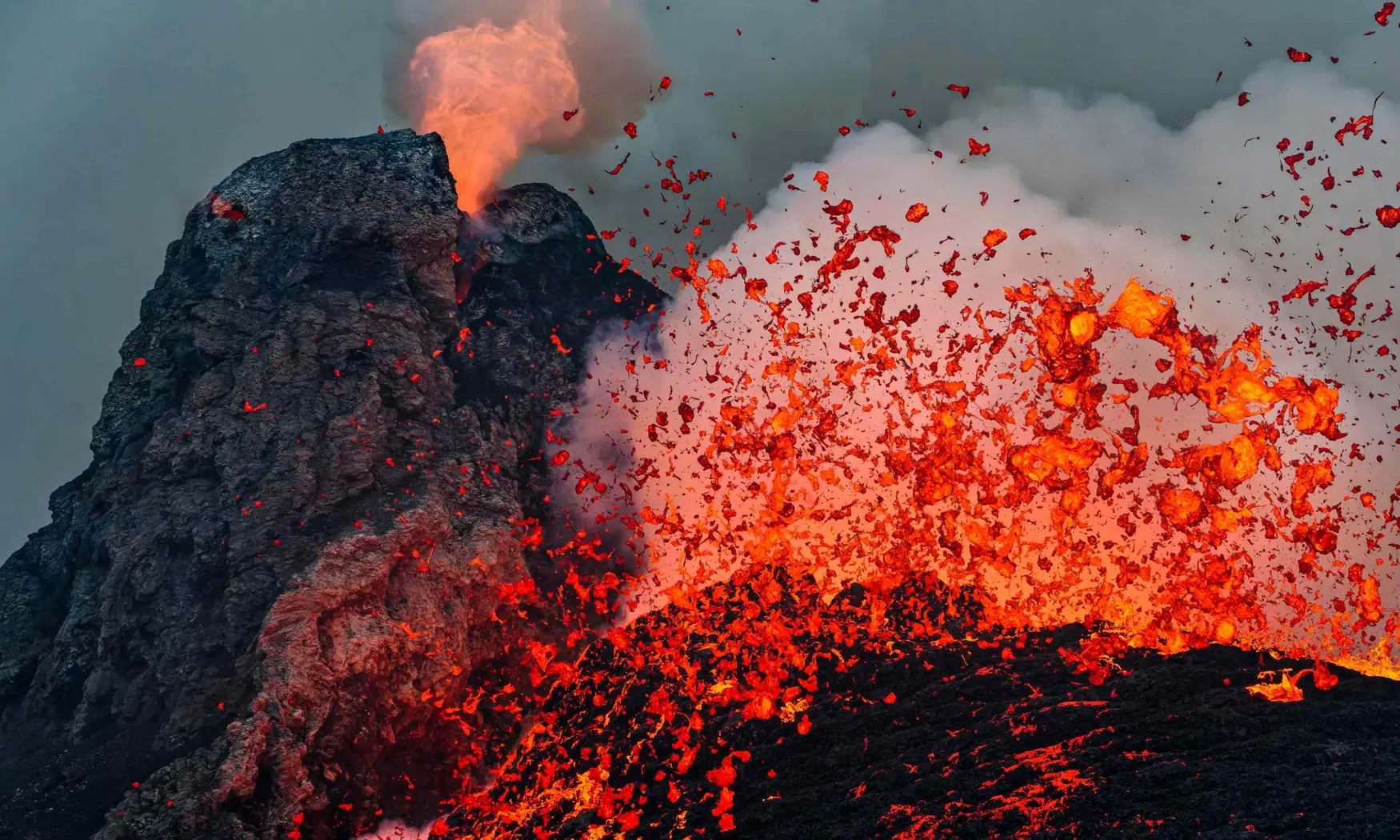T4K3.news
San Andreas quake may unfold in new patterns
New findings show faults can rupture in unexpected ways, urging flexible planning for California.
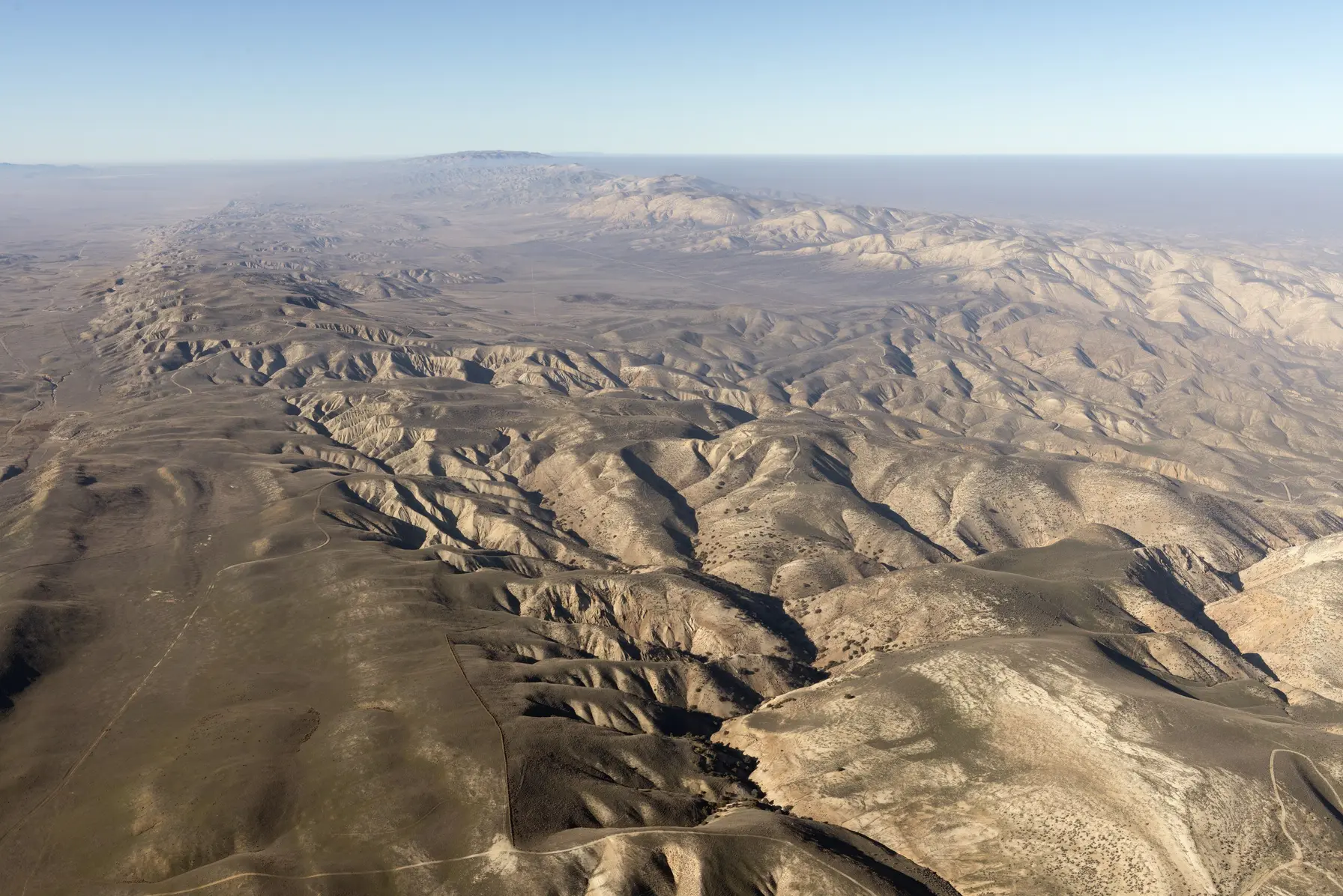
A cautious look at what new seismic research on Myanmar's Sagaing fault means for California's San Andreas fault.
San Andreas quake may unfold in new patterns
A study in the Proceedings of the National Academy of Sciences re-examined the Mandalay earthquake on Myanmar's Sagaing fault, which ruptured about 317 miles. It extended much farther along the fault than scientists expected, longer than past ruptures on California's San Andreas. The researchers say faults can behave in ways not predicted by standard models, challenging the idea that earthquakes repeat along the same path. Lead author Solene L. Antoine of Caltech argues that earthquakes do not replay the same pattern.
Key Takeaways
"Earthquakes never come back exactly the same way"
Lead author Solene Antoine on nonrepeatable ruptures
"It's not going to come soon, because it's quite a heavy calculation"
Avouac on long-term modeling challenges
"There will be an earthquake at some point"
Antoine on the inevitability of future quakes
"There is complexity here. And this is because each time you have an earthquake, it redistributes the stress on the fault"
Avouac on stress redistribution
The study pushes risk thinking away from a single disaster scenario toward a spectrum of possibilities. It suggests infrastructure planning must prepare for a variety of ruptures, not just one event. It also highlights a gap between scientific models and public warning systems, which need ongoing updating.
There is a larger point for California. The fault system there is complex, and the research argues that a long, smooth fault can drive an unusually long rupture. That means public messaging and policy should focus on resilience and flexible planning rather than chasing a single forecast. The work also underscores the value of satellite data and long simulations to translate science into practical guidance for communities.
Highlights
- Earthquakes write new paths on old faults
- The next quake may not replay the last one
- A smooth fault can drive an unusually long rupture
- There is no clock for the next big California quake
Better models won't prevent the next quake, but they can guide wiser preparation.
Enjoyed this? Let your friends know!
Related News
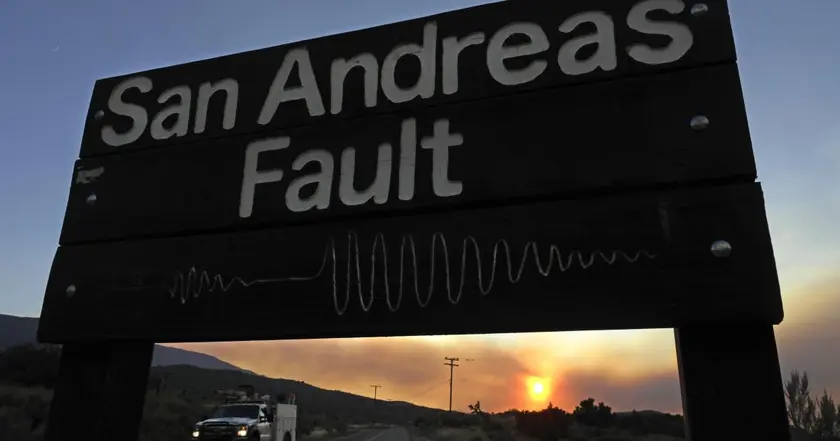
California quake study reframes risk
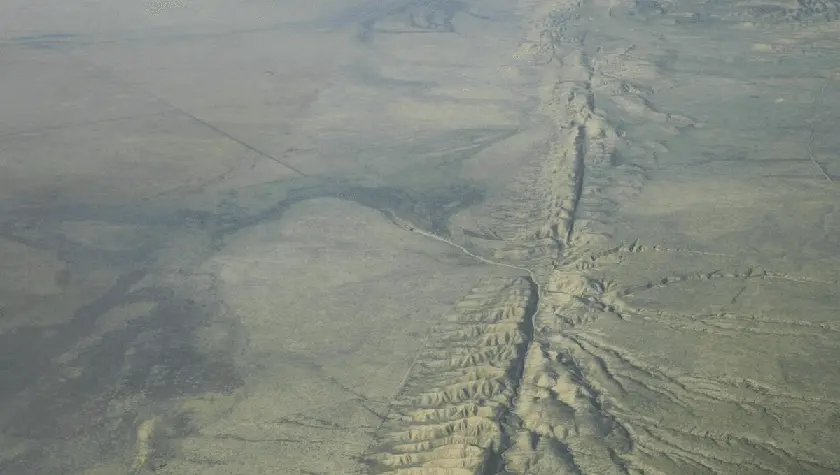
Caltech study reframes quake forecasts
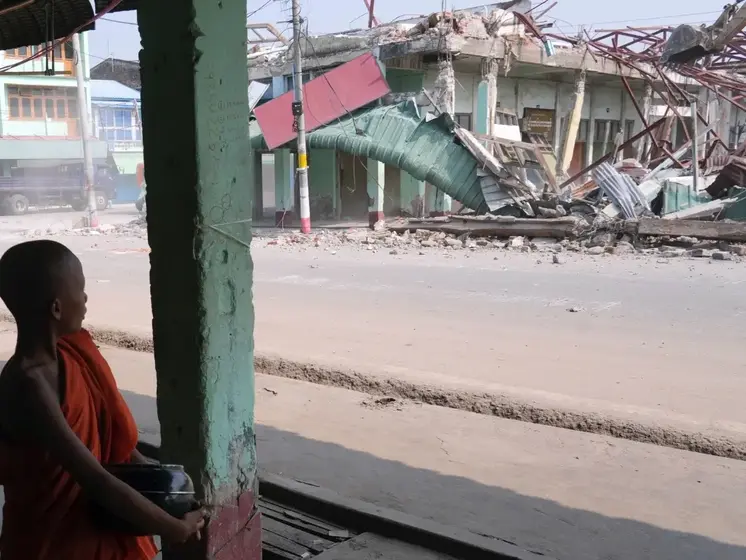
California Big One May Look Different
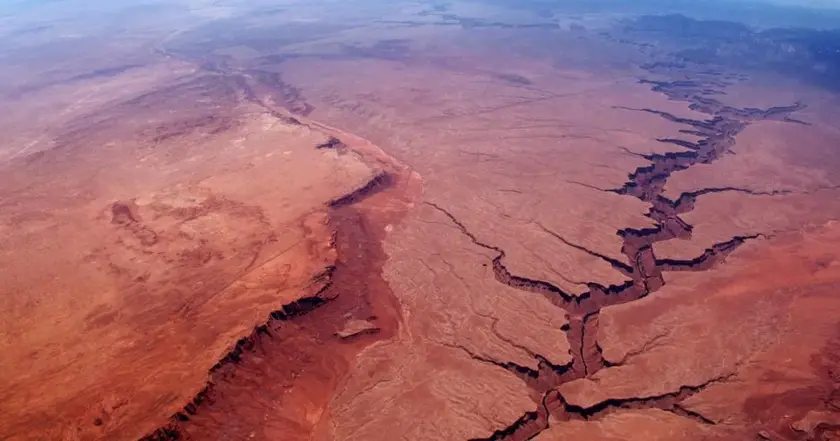
Tintina fault could host large quake

California hit by rapid quake swarm
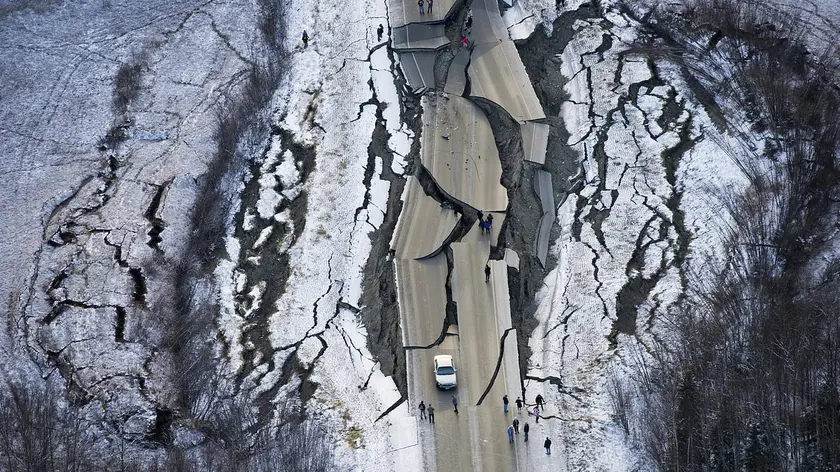
Hidden earthquake risk discovered under North America

Rampage Gains Popularity on Streaming Services

Tintina fault may trigger large Yukon earthquake
